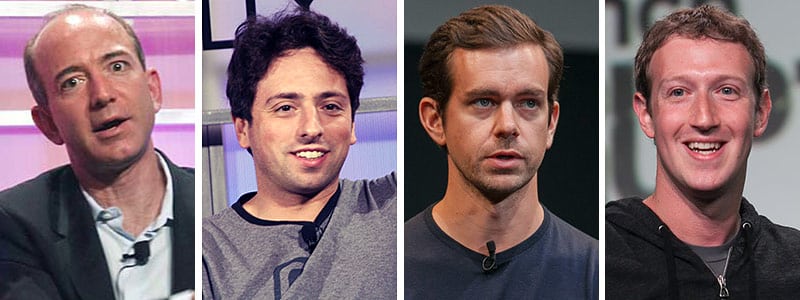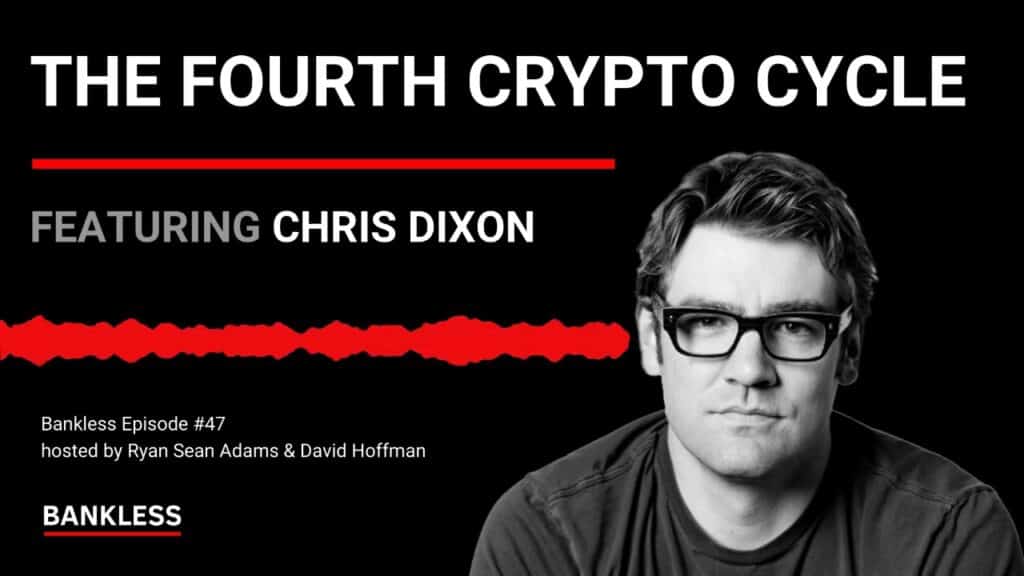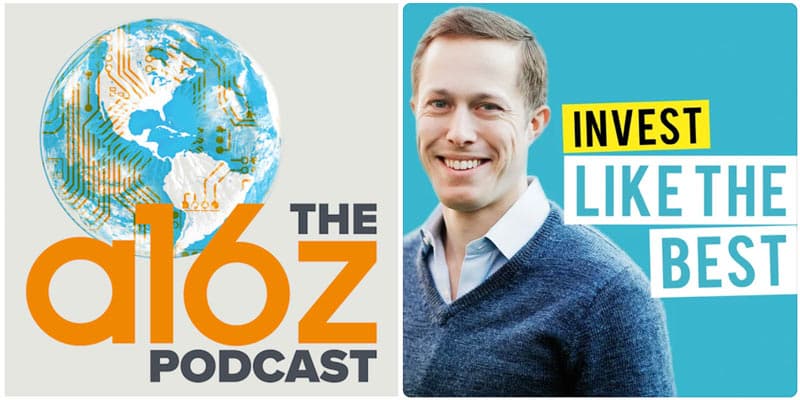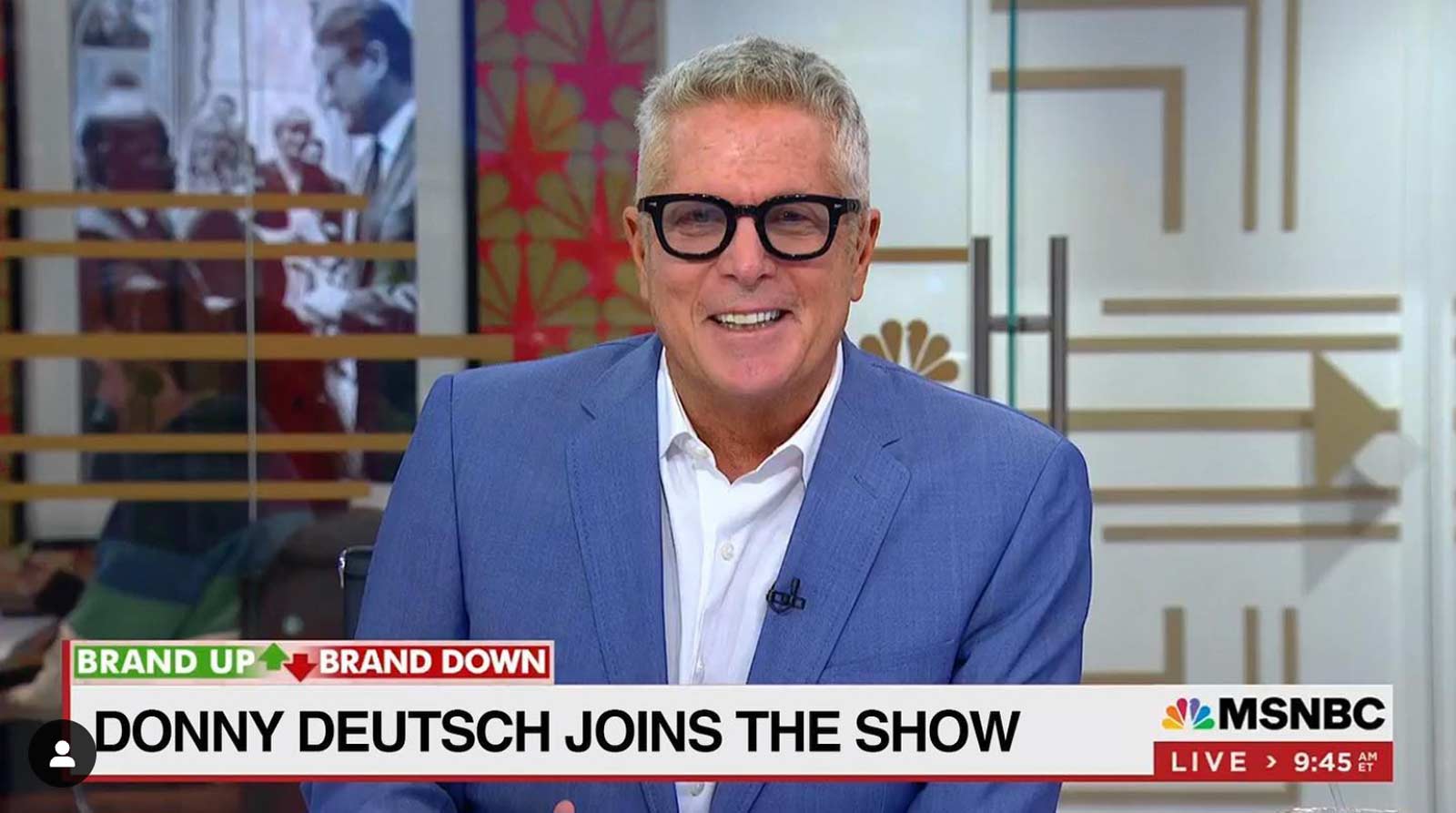Get ready for Web 3.0, where the power shifts to digital creators
Back in the go-go days of the Internet, 2004 to 2011, I attended every Web 2.0 conference put on by Tim O’Reilly and John Battelle. I wore three hats, as a tech entrepreneur (our groundbreaking venture Ourmedia.org — the world’s first free video hosting platform — launched in March 2005, six weeks before YouTube), as a tech journalist (then writing for the Industry Standard and Engadget) and as a photographer (where I visually chronicled the titans of the tech world: Jeff Bezos, Marc Andreessen, Jerry Yang, Sergey Brin, Eric Schmidt, Mark Cuban, Reid Hoffman, Vint Cerf, Marissa Mayer and scores of others).
Excitement was palpable each day in the cavernous room inside San Francisco’s Palace Hotel, from the amazing discussions on stage to the hallways brimming with gifted startup visionaries. The people at this event were inventing something cool, exciting and world-changing. A Web 2.0 world in which static Web pages gave way to dynamic content and community-powered social media, resulting in a more informed, democratic, empowered society.
My, how the bloom has come off that rose.
Are the tech giants entrenched for life?

Today, the early promise of Web 2.0 has given way to a world in which the tech giants turn their users into the product. In 2021, the cold reality is that the tech giants’ advertising-centric models manipulate users, monetize their attention, destabilize democratic institutions and devastate local economies — all with calamitous results for society.
The time is ripe for the tech monopolies to be disrupted themselves. And we’re starting to see glimmers of what that may look like, with programmable blockchains at its core.
At Digital Culture Works, we’re joining the still small vanguard of crypto-backed ventures that use blockchain applications, open protocols and decentralized exchanges with a new business model for the Digital Economy or, if you will, the Creator Economy. Some call it Web 3.0, some call it the next phase of the Internet. By whatever name, the idea is to rethink — oh, hell, let’s just say it: blow up — the poisonous Big Tech model in favor of a distributed model where the locus of control and power resides in the creator, the artist, the author, the producer.
I’ve been listening to a lot of podcasts about this overarching idea with guests far smarter than I am on the subject. So this blog post is my modest contribution to curating a 50,000-foot view of what’s happening in this burgeoning new collective movement.
One of the thought leaders I admire most on this subject is Chris Dixon, a general partner at Andreessen Horowitz who co-manages a major crypto investment fund. Unlike others in the space who lack the time or the gumption to share their insights with the public, Dixon is not only thoughtful and deeply knowledgeable about all things crypto, he’s been around long enough to be well versed in the Web’s backstory — and its still unfulfilled potential.

On the Jan. 11 episode of Bankless, Dixon gave a concise overview of the tech landscape’s transformation over the years.
“I see crypto blockchain very much as a new cycle of computing that fits into that history [of computing]: Mainframe computers in the ’50s and ’60s, PCs in the ’70s and ’80s, Internet in the ’90s and 2000s, mobile phones 2000-2010,” he said. “Now I think we’re on the cusp of a whole bunch of exciting things going on in AI machine learning, virtual reality and augmented reality, self-driving cars, etc. But to me, the thing I’m most passionate about, and I think will be one of the most impactful areas of new computing is around what you might call blockchain computers.”
It’s a sea change that portends the next wave of the Internet.
Dixon sees parallels with the early Web. Last week Dixon told host Patrick Oshag on the Invest Like the Best podcast that one reason the Web in its early years was so successful was because it was built on open protocols, predictable rules and a level playing field that entrepreneurs could build upon.
(I remember giving training sessions to entrepreneurs and business execs in San Francisco in 2004-2005 about APIs, RSS feeds and social media. Those days are long gone.)
Fast forward 15 years and it’s a vastly different, darker landscape. But the rise of blockchain technologies could soon change all that.

“With blockchains, it’s like the way the Web was,” Dixon said last week on Invest Like the Best (go listen, I’ll wait). “It sets out a predictable, consistent set of rules that simply can’t change. Instead of don’t be evil it’s can’t be evil. It cannot change the rules on users. So we’re seeing, for example, a wave of social networks built on blockchains now, where the rules around moderation and platforming and other things are baked into the system, they’re baked into the code. They have governance built in from day one, they have moderation built in, and it’s done in a democratic, open way. You may think that’s a good or bad feature. I would argue that almost anything is better than an opaque group of product managers in San Francisco making those rules.”
“With blockchains, it’s like the way the Web was. It sets out a predictable, consistent set of rules that simply can’t change. Instead of ‘don’t be evil’ it’s ‘can’t be evil.’
— Chris Dixon
Today there’s a certain amount of resistance to blockchain computing by the entrenched incumbents, including smart people at places like Google. “In fact, a lot of them are actually hostile toward it,” Dixon pointed out on Bankless. That’s essentially because blockchain disintermediates middlemen – including developers.
“The dimensions along which blockchains offer new capabilities are different than what we’re used to. In the past, what we’re used to is computers getting smaller, more mobile, higher performance, more connected,” he said. “Blockchains are computers that can do a new thing that has never been done before. Specifically, they can make commitments that cannot be overridden by the owners of the blockchain or … by the developers behind the applications that you trust.”
The commitments are baked into the code, and they will be honored.
“What blockchains do architecturally and it’s through the consensus mechanism and the kind of game theory on top of it is it inverts the power relationship between the hardware and software. And so … the software layer governs the hardware layer,” he added.

In this new paradigm, the creatives will be at the center of the content offering. And because they’re on blockchain, the coolest experiences or metaverses aren’t even built yet, as Dixon explained on the April 3 episode of the a16z podcast episode titled, The Creator Economy.
“Right now, if you’re buying a piece of art on Foundation, or you’re buying a basketball moment on Top Shot, you can use it that context,” Dixon said. (See my post The unstoppable value that blockchain can bring.) “But because they’re blockchain objects that are portable, third parties will start creating experiences around them. … You’re inverting the polarity. While the earlier Web was built around applications, Web 3 will be built around these user-controlled objects that are primary and then the applications are secondary and serve them.”
Dixon’s colleague, Jesse Walden of the crypto venture firm Variant, chimed in: “With NFTs and with social tokens, the amazing new thing, enabled by Web 3 and crypto, is that creators can just monetize directly. When you create an NFT, you’re sort of uploading your work to the blockchain directly, and then developers can build on top of that content. In other words, the blockchain becomes this sort of universal library of media that any developer can build a social feed or content feed on top of. But the creator retains ownership of their work and can monetize it without a third party taking a large cut.”
What has Dixon most excited about this new space? “The fact that this is a new way to finance creative activity,” he said on Invest Like the Best.
“There’s probably no more important question than how power and money works on the Internet,” he added. “How is it controlled? How does the money flow? What’s the economic model? Those are really important questions. This is why crypto and blockchains matter.”
I’m excited by the possibilities. You should be, too.
Note: As a former newspaper editor, I once led teams of editors and copy editors. Now I’m writing without a net. So if you see an error, please let me know and I’ll fix it right away.
Related articles about NFTs
• NFTs make the Internet ownable, by Jesse Walden
• NFTs and a thousand true fans, by Chris Dixon
• A beginner’s guide to NFTs, by Linda Xie
• NFT Canon, by Andreessen Horowitz






